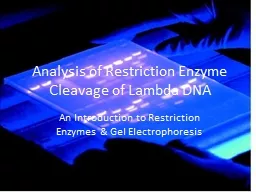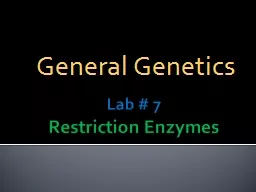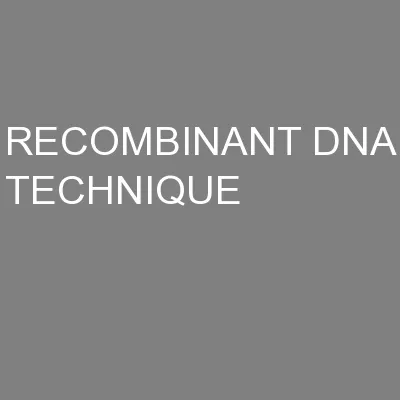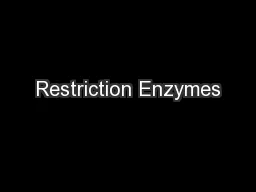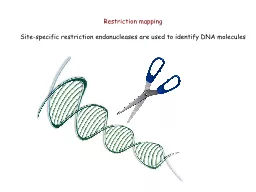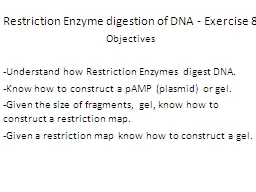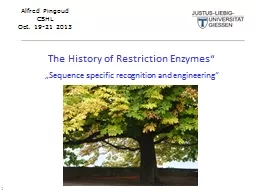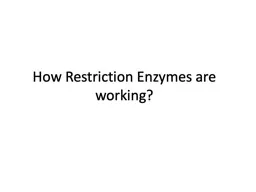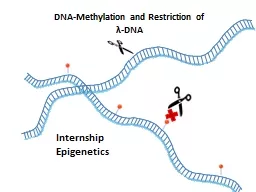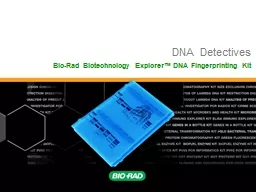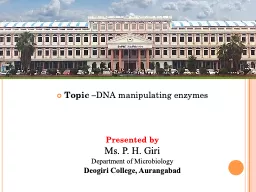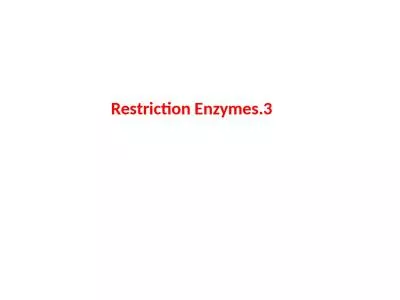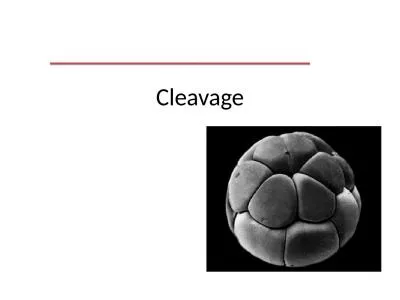PPT-Analysis of Restriction Enzyme Cleavage of Lambda DNA
Author : lois-ondreau | Published Date : 2016-09-05
An Introduction to Restriction Enzymes amp Gel Electrophoresis Objectives Understand the use of restriction enzymes as biotechnology tools Become familiar with principles
Presentation Embed Code
Download Presentation
Download Presentation The PPT/PDF document "Analysis of Restriction Enzyme Cleavage ..." is the property of its rightful owner. Permission is granted to download and print the materials on this website for personal, non-commercial use only, and to display it on your personal computer provided you do not modify the materials and that you retain all copyright notices contained in the materials. By downloading content from our website, you accept the terms of this agreement.
Analysis of Restriction Enzyme Cleavage of Lambda DNA: Transcript
Download Rules Of Document
"Analysis of Restriction Enzyme Cleavage of Lambda DNA"The content belongs to its owner. You may download and print it for personal use, without modification, and keep all copyright notices. By downloading, you agree to these terms.
Related Documents

